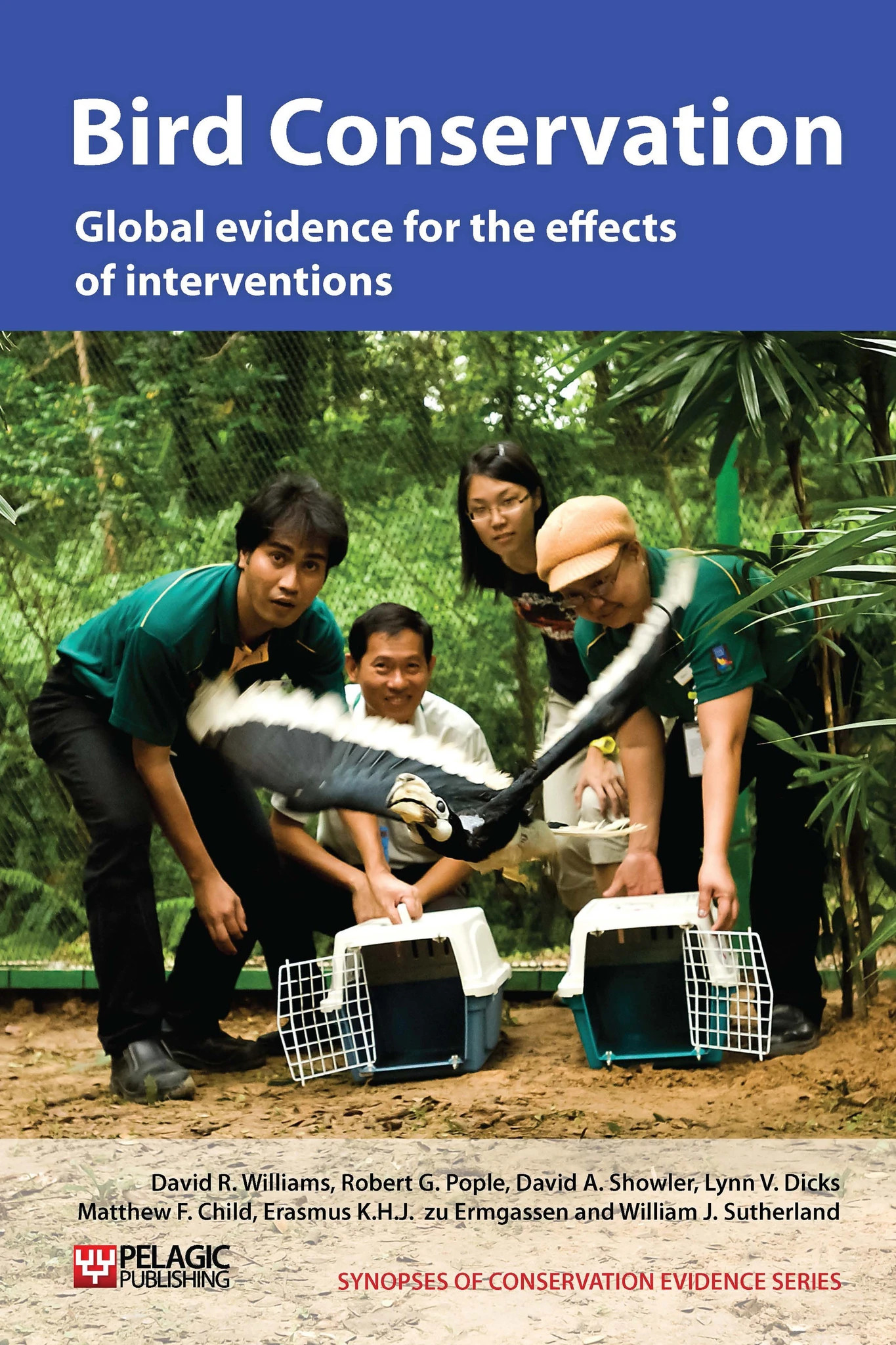Translocate birds away from fish farms
-
Overall effectiveness category Unknown effectiveness (limited evidence)
-
Number of studies: 2
View assessment score
Hide assessment score
How is the evidence assessed?
-
Effectiveness
20% -
Certainty
33% -
Harms
0%
Study locations
Supporting evidence from individual studies
A study cited in Mott 1978, effectively reduced a population of green herons Butorides virescens feeding at a fish hatchery in USA, by catching and releasing them 40 km away. No details are given regards the time period over which the reduced population level was maintained or the effort needed to catch the birds. The effects on fish farm productivity were not measured.
Study and other actions testedA study in Belgium found that capturing grey herons Ardea cinerea (using clap nets) at a fish farm and releasing them at various distances away (Van Vessem et al. 1985) did not appear to reduce heron abundance. Catching herons was very time-consuming (a maximum of four, but usually 1-2 caught each day). Some birds released 30 to 80 km returned within a month; one released 150 km away reappeared the following winter. Numbers relocated were too low to reduce heron abundance and relocation was considered ineffective.
Study and other actions tested
Where has this evidence come from?
List of journals searched by synopsis
All the journals searched for all synopses
This Action forms part of the Action Synopsis:
Bird Conservation
Bird Conservation - Published 2013
Bird Synopsis





)_2023.JPG)














